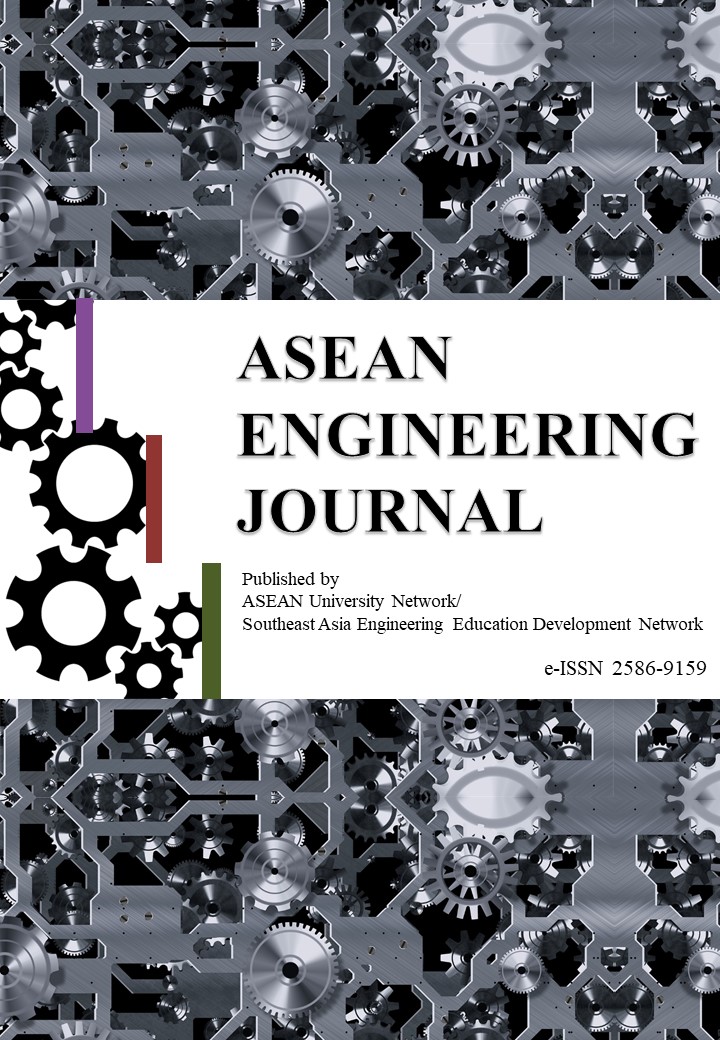WIND ENERGY DEVELOPMENT IN JAPAN AND VIETNAM
DOI:
https://doi.org/10.11113/aej.v8.15500Keywords:
Friction stir welding, Hardness, Residual stress, Tensile properties, Thermal cycleAbstract
This paper represents a research study on the wind power policies and the development of wind power projects in Japan and Vietnam, two countries in Asia with different social development history and economy. Japan has harnessed wind power as a source of green energy many years ago whereas the research on wind power in Vietnam has only been conducted in recent decades. After the earthquake-tsunami disaster in 2011, the Japanese government has prioritized the development of alternative sources of generating electricity including wind power to replace the dangerous nuclear power. This paper reviews and analyzes the development of wind power policies and projects both in Japan and Vietnam. The research results confirm that the Japanese government has the complete and clear policies on the development of wind power. This stability encourages national and foreign investment in the various development projects of the wind power plants. On the other hand, the laws and policies for wind development in Vietnam are not yet stable and many Decisions and Circulars have been promulgated over a decade by the Vietnamese government from 2007 to 2016 which result in the constraint of the development of wind power projects in Vietnam.
















